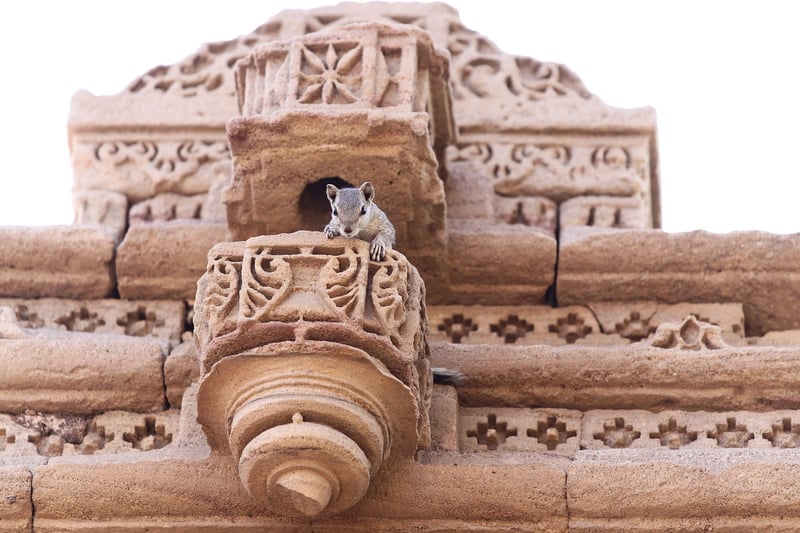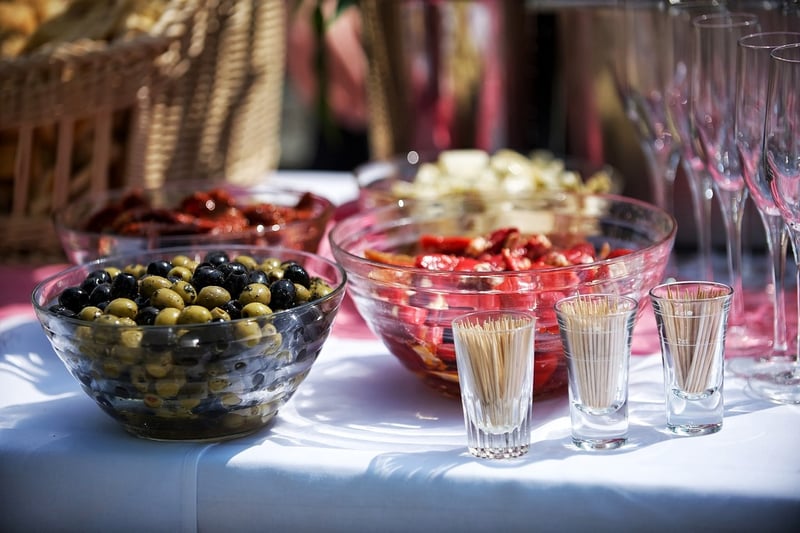Medieval Banquets
The Art of Culinary Delights at Medieval Banquets

Step back in time and immerse yourself in the rich tapestry of flavors and traditions at a medieval banquet. These grand feasts were not only about food but also a display of wealth, power, and hospitality. Let's delve into the culinary delights that graced the tables of medieval banquets.
1. Feast Fit for a King
Medieval banquets were elaborate affairs, with tables laden with an abundance of dishes. Roast meats such as venison, boar, and swan were common centerpieces, accompanied by pies, stews, and tarts. Fruits, nuts, and cheeses added a touch of sweetness and variety to the meal.
2. Spice of Life
Spices were highly prized during the medieval period and featured prominently in banquet dishes. Cinnamon, cloves, nutmeg, and pepper were used to enhance flavors and showcase the host's wealth. Dishes were often seasoned with a blend of spices known as "poudre forte."
3. Mead and Merriment
Medieval banquets were not complete without copious amounts of mead, a fermented honey drink that was a symbol of celebration and camaraderie. Guests would raise their goblets in toasts and revel in the merriment of the evening.
4. Entertainment Extravaganza
Alongside the culinary delights, medieval banquets featured entertainment in the form of jesters, musicians, and dancers. These performances added to the festive atmosphere and provided guests with a truly immersive experience.
5. Recreating the Magic
Today, many historical venues and re-enactment groups offer medieval banquet experiences, allowing modern-day diners to step into the past and savor the flavors of a bygone era. These events capture the essence of medieval feasting and provide a glimpse into a world of culinary opulence.
Experience the grandeur and gastronomic wonders of a medieval banquet for a truly unforgettable dining experience!
Image by Oxana Denezhkina from Pixabay
